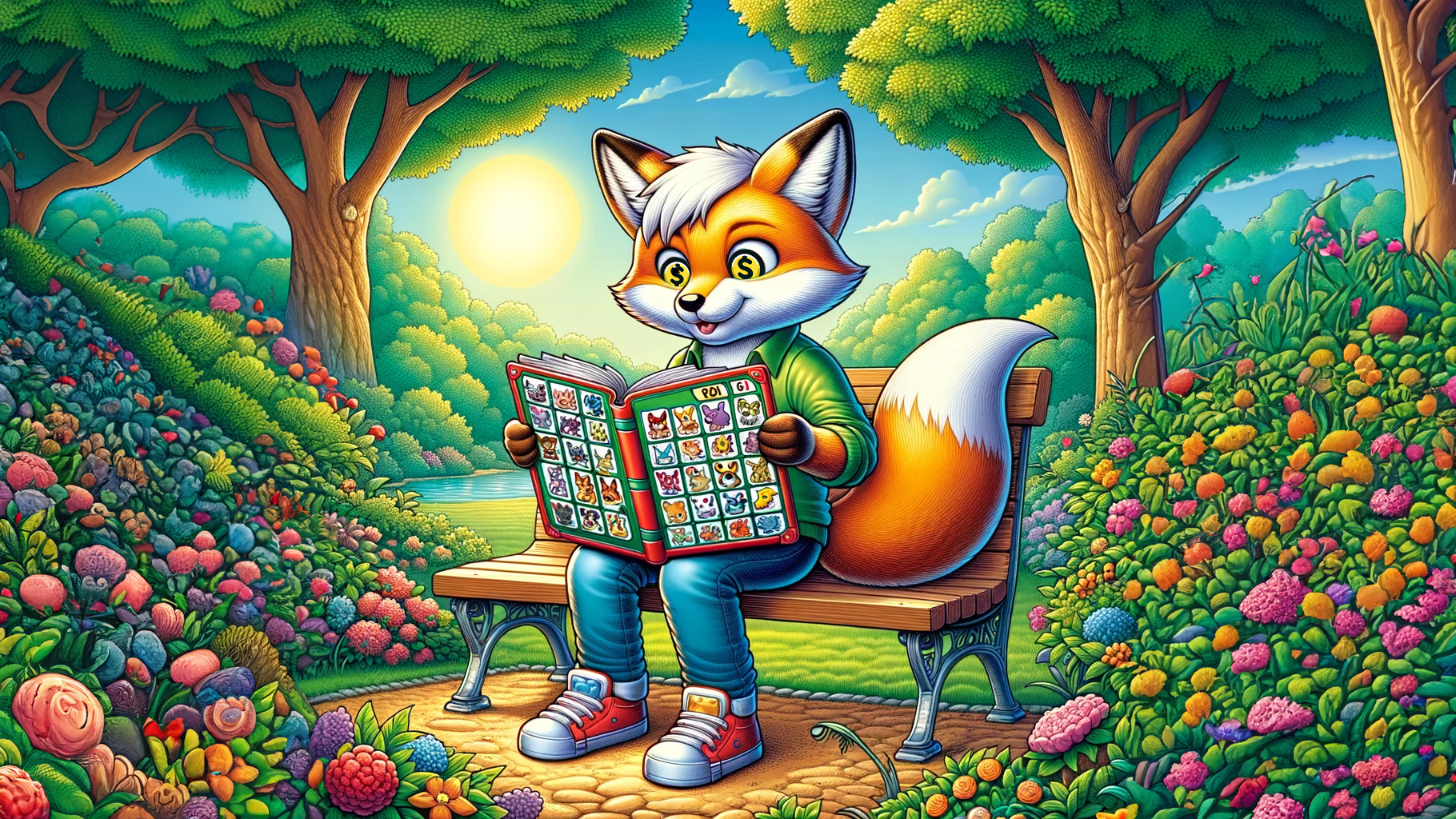If you’ve been following the latest trends in the world of digital art, collectibles, and blockchain technology, you may have heard the buzzword “NFT” floating around. But what exactly is an NFT, and why are people talking about it? We’ll break down the concept of Non-Fungible Tokens (NFTs) and explore their significance in the digital landscape.
What is an NFT?
NFT stands for Non-Fungible Token. Unlike cryptocurrencies such as Bitcoin or IOTA, which are fungible and can be exchanged on a one-to-one basis, NFTs are unique digital assets that represent ownership or proof of authenticity of a specific item or piece of content.
In simpler terms, think of NFTs as digital certificates of ownership for digital or physical assets, recorded on a blockchain. These assets can include:
- Digital Artwork
- Collectibles (e.g., trading cards, virtual pets)
- Virtual Real Estate
- Music
- Videos
- Domain Names
- and more
How do NFTs Work?
NFTs are built on blockchain or DAG technology, which provides a decentralized and transparent way to verify ownership and track the history of transactions. Each NFT is stored as a unique token on the blockchain, along with metadata that describes the asset it represents.
One of the key features of NFTs is their indivisibility and uniqueness. Each NFT has a distinct identifier and cannot be replicated or divided into smaller units like cryptocurrencies. This uniqueness is what gives NFTs their value and appeal to collectors and creators alike.
When you purchase or mint (create) an NFT, you receive a digital token that serves as proof of ownership. This token is recorded on the blockchain, providing a transparent and immutable record of ownership history.
Why are NFTs Significant?
The rise of NFTs has opened up new possibilities for creators, collectors, and investors in the digital economy. Some of the key reasons why NFTs are significant include:
- Ownership and Authenticity: NFTs provide a way to establish ownership and authenticity of digital assets in a digital environment where copying and piracy are prevalent.
- Monetization for Creators: NFTs enable creators to monetize their digital creations directly, bypassing traditional intermediaries like galleries, publishers, or record labels. This can empower artists, musicians, and other creators to retain more control over their work and earn a fairer share of revenue.
- Digital Collectibles: NFTs have sparked a boom in the digital collectibles market, allowing collectors to buy, sell, and trade unique digital items with provable scarcity and authenticity.
- New Business Models: NFTs open up new possibilities for innovative business models, such as fractional ownership, royalties, and gamification, that can reshape industries like art, gaming, entertainment, and social media.
Conclusion
In summary, NFTs represent a groundbreaking innovation in the digital space, offering a new paradigm for ownership, authenticity, and value exchange. Whether you’re an artist looking to monetize your work, a collector seeking unique digital assets, or simply curious about the future of digital ownership, NFTs present an exciting frontier to explore. As the NFT ecosystem continues to evolve and mature, it’s essential to stay informed and engage with the opportunities and challenges it presents in the ever-changing landscape of digital culture and commerce.

Comments are closed